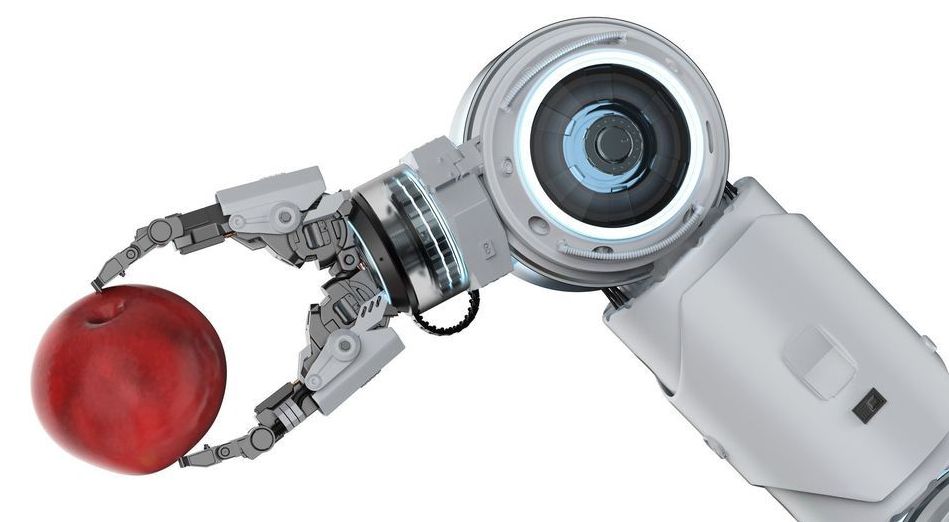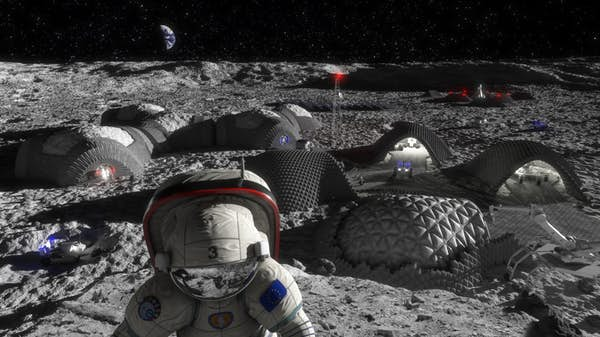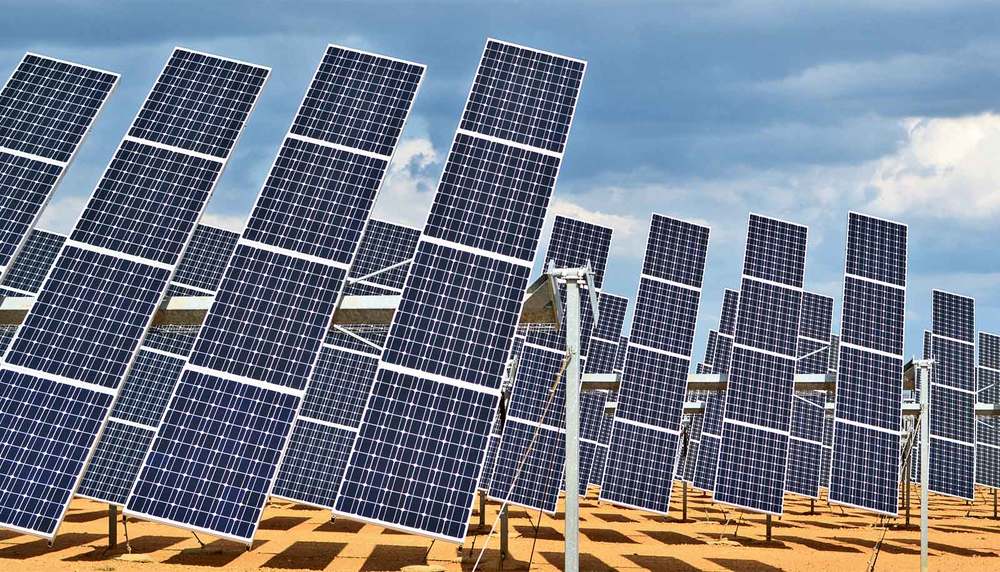This innovation drive, including increasing use of automation on farms like Dijkstra’s, has helped propel a country with a land mass smaller than the state of West Virginia to become the world’s second-biggest food exporter after the U.S., with agri-food exports worth more than $100 billion.
And it’s dairy, and fruit and vegetables ― where technologies like milking and harvesting robots are becoming commonplace in the Netherlands ― that account for the biggest share of that export revenue.
“Automation has been part of that success story,” said Erik Nicholson of the United Farm Workers of America. The Netherlands “is seen as a world leader because of the innovation going on there and the output it manages despite its comparatively small size.”


